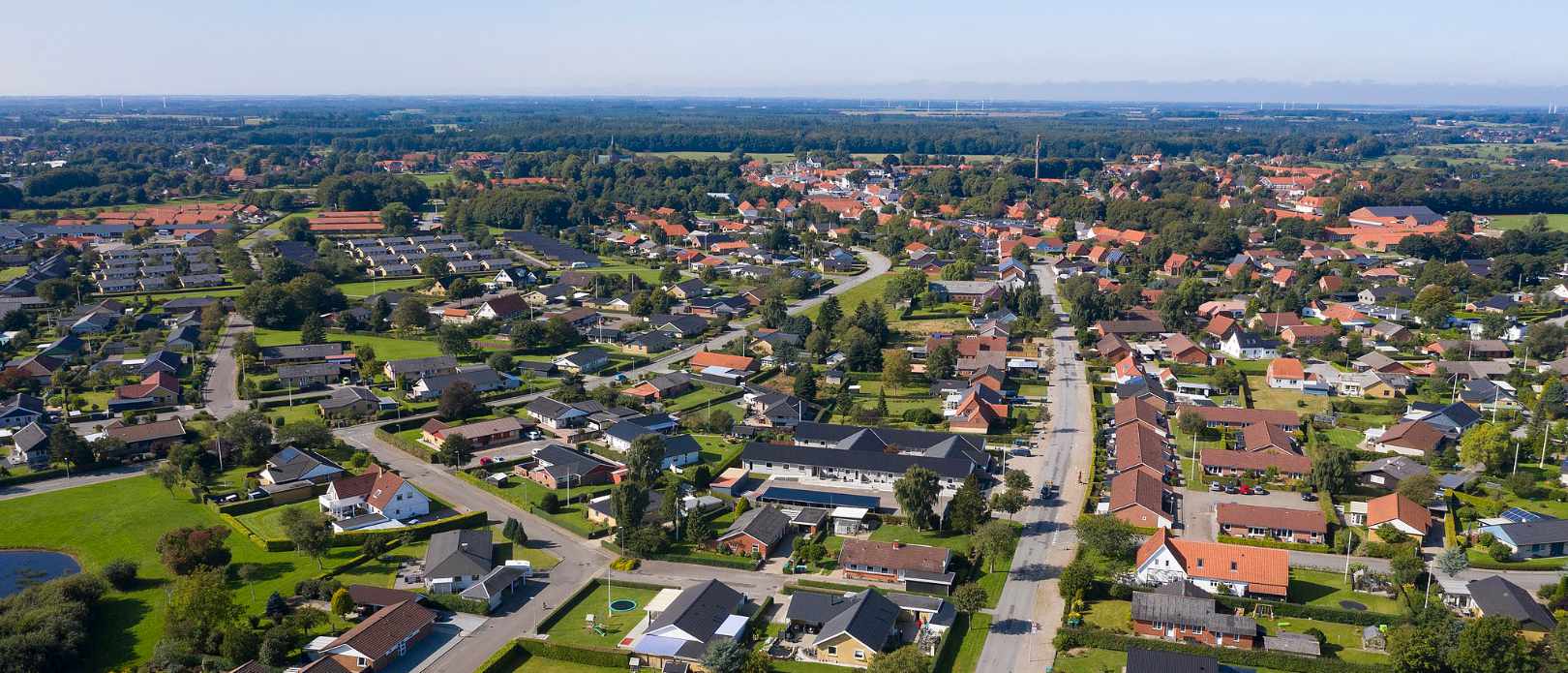Residential environments across Denmark have become both denser and greener over 20 years
Summary
Despite much attention in the literature, knowledge about the dynamics surrounding urban densification and urban greening is still in dire need for architects, urban planners and scientists that strive to design, develop, and regenerate sustainable and resilient urban environments. Here, we investigate countrywide patterns of changes in residential density and residential nature at high spatial resolution over a time period of >20 years (1995–2016), combining a dataset of address-level population data covering all of Denmark (>2 million address points) with satellite image-derived normalised difference vegetation index (NDVI) data.
Our results show that many residential environments across Denmark have witnessed simultaneous densification and greening since the mid-1990s. In fact, the most common change within 500 m neighbourhoods around individual address points is of joint increases in population and NDVI (28%), followed by increasing NDVI with stable population figures (21%). In contrast, only 8% of neighbourhoods around address points have seen a decline in either population or NDVI.
Results were similar in low- middle- and high-density environments, suggesting that trends were driven by climate change but also to some degree enabled by urban planning policies that seek to increase rather than decrease nature in the cities.







